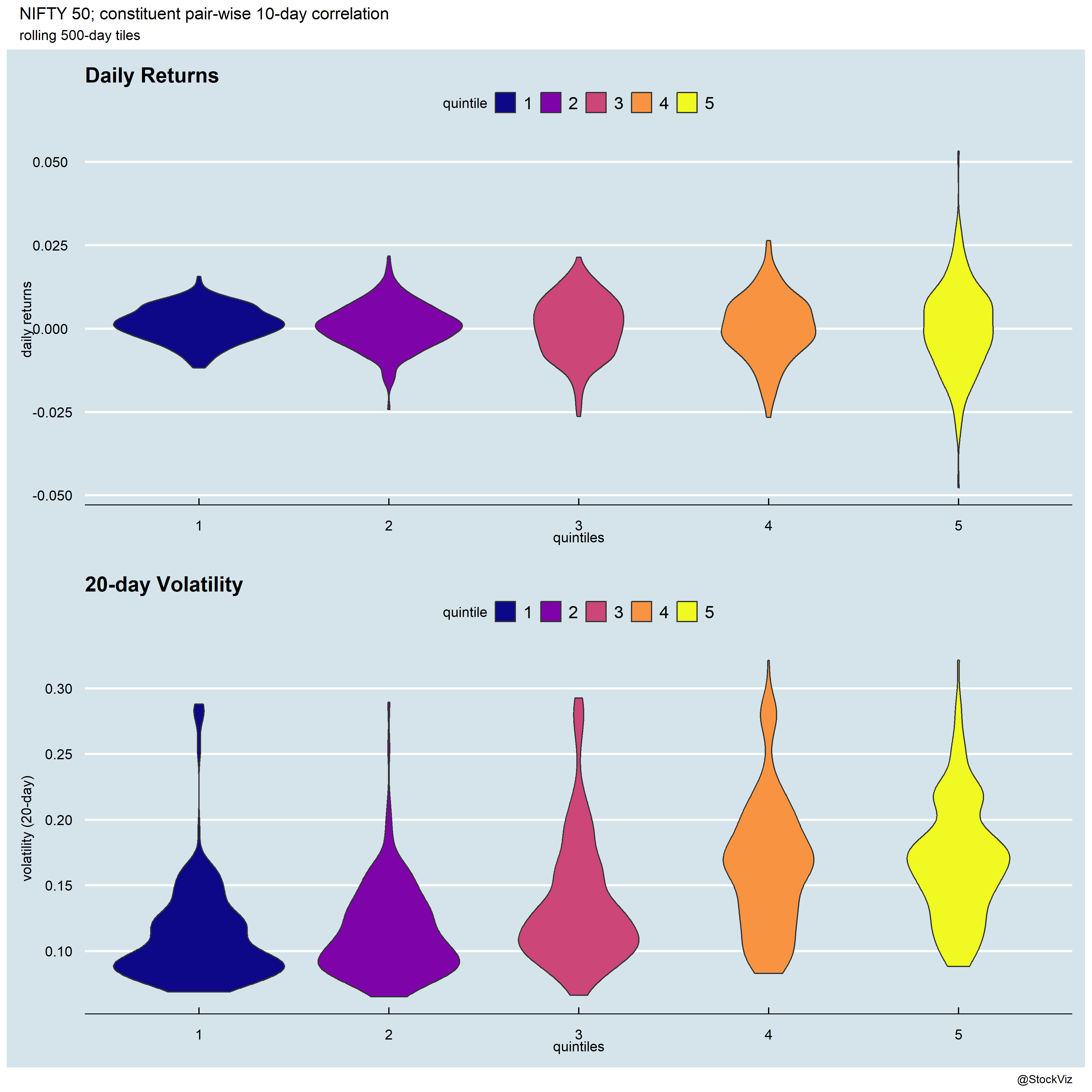Daily Momentum and New Investors in an Emerging Stock Market (SSRN) describes the trading behavior of Chinese retail investors.
Our study finds that daily returns, instead of monthly returns, display price momentum and attributes it to the trading behaviors of new investors using account-level transaction data.
Apparently, most new entrants to the market in China take a very short-term punt on whatever worked on the day. They go on to study a bunch of DM and EM markets and its worth a read.
The interesting bit is that Indian investors don’t chase daily momentum. In fact, for an equal-weighted “buy the best performing quintile and hold till tomorrow’s close” strategy, after transaction costs and taxes, there’s nothing left, on average.

Also, buying the worst performers did no better either.










